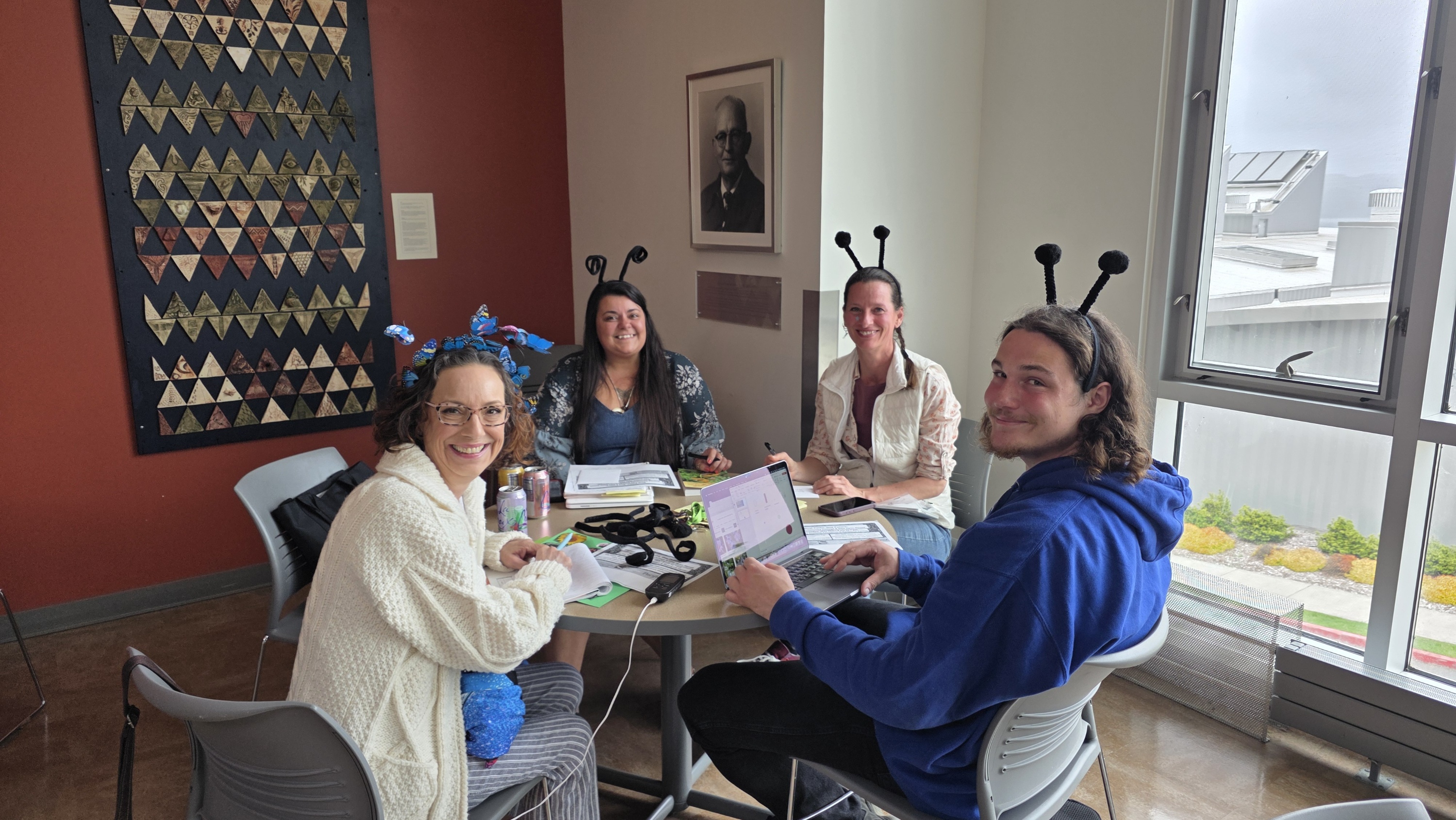Housing project at old Astoria hotel secures key funding
Published 9:00 am Monday, April 8, 2019

- Affordable housing developer Innovative Housing recently purchased the former Waldorf Hotel next to City Hall from Groat Brothers Inc.
An affordable housing project in the long-neglected former Waldorf Hotel has landed key state funding.
Innovative Housing Inc., a Portland-based nonprofit, secured $2.8 million from Oregon Housing and Community Services, enough to round out the project’s $6.7 million budget and fully fund a basic renovation to create 40 affordable and workforce apartments in the old hotel next to City Hall on Duane Street.
Renovation work could begin this fall.
“It’s a good day!” said Julie Garver, the housing development director for Innovative Housing.
The nonprofit’s progress was also announced at the annual Jane Barnes Revue at The Ruins at the Astor on Saturday night. The crowd raised money for extra work — details like the historic canopy entryway. Innovative Housing needs around $200,000 for the entryway and other enhancement work.
“We had a really great response from people at the show,” Garver said. “That was beyond exciting to see the community response and I think that’s been one of the great things about our whole two years of working with everyone in Astoria because folks have been so excited and supportive of the project.”
Sarah Lu Heath, the executive director of the Astoria Downtown Historic District Association, said the funding announcement is an exciting development in a long effort to address workforce housing.
“This has been a project I’ve been excited about since I got the job because I knew Innovative Housing was the organization that could handle this,” Heath said.
The nonprofit has secured the services of an architect and the first steps to renovate the building include dealing with pigeon droppings and window repairs.
These steps, “while not glamorous, are super important,” Heath said, adding, “Look for noticeable repairs to start in the late fall, early winter.”
“We do have plans to open the building for a couple of tours to let people know what’s going on,” she said, “since we are looking at some preservation and community space needs we’ll have to fundraise for.”
City Councilor Joan Herman, in a Facebook post announcing the news over the weekend, said, “Most of the units will rent for well below market rates, which as we all know are not affordable for those on whom the tourism industry depends: service workers.”
Innovative Housing partnered with the Lower Columbia Hispanic Council, Clatsop Community Action and Clatsop Economic Development Resources to secure the state funding.
They plan to partner with Clatsop Community College’s historic preservation program and Tongue Point Job Corps Center for work on the Waldorf, also known as the Merwyn Hotel, Garver said. There will also be a partnership with the city to provide a job shadowing program to future residents.
Garver is grateful to the project’s many partners, especially Heath and the downtown association, she said.
“Over the weekend we were talking about how the project first came to be and it was really the connections that were made for us by (Heath),” Garver said. “She knew about Innovative Housing and some of the work we’d done on historic buildings in Portland and of course she knew about the (Waldorf) … She did that matchmaking.”
The project appeared to hit a setback last year when the state rejected an application for funds, finding there was not a need for affordable housing in Astoria. The announcement shocked residents and city leaders. Lack of affordable housing and an overall housing crunch have been major public-policy issues in recent years.
Innovative Housing planned to reapply this year. However, the funds the nonprofit just received are from a different housing fund program, City Manager Brett Estes said.
Garver and others still plan to work with the state to clarify and create criteria for housing funding.
“There were communities all over the state that were economic drivers,” Garver said. “They had jobs but they didn’t have places for workers to live.”





